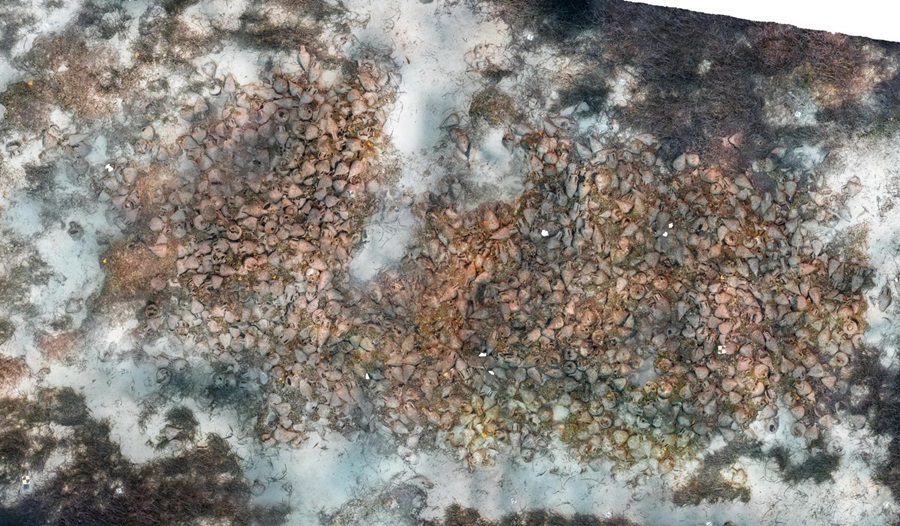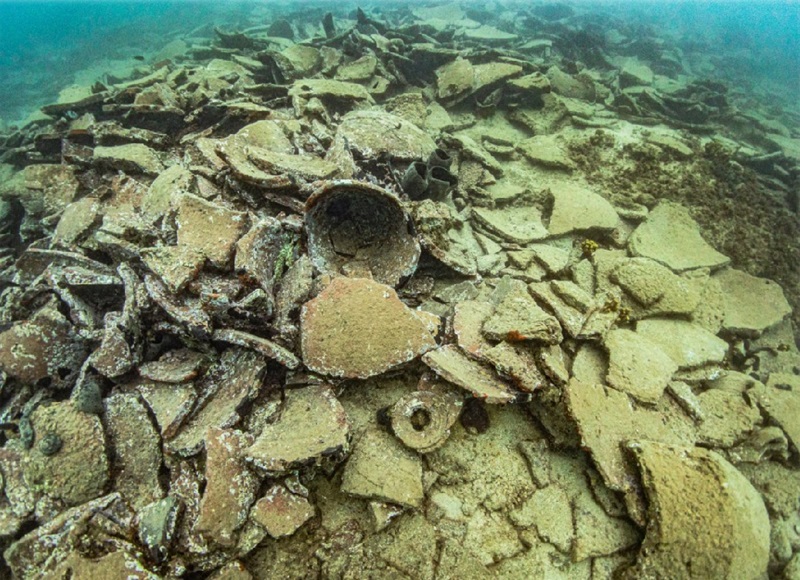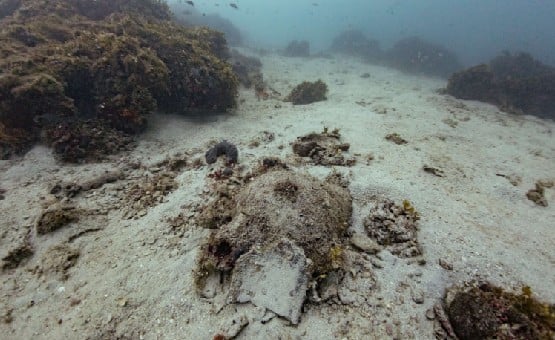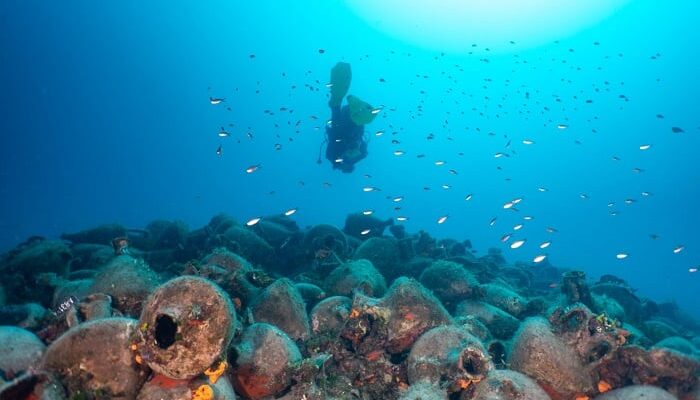Four stunning ancient shipwrecks off central Greece can now be explored by amateur divers, the Hellenic Ministry of Culture announced recently.
The shipwrecks at the sites at the region of Magnesia in the Pagasetic Gulf are filled with artifacts from antiquity and the Roman and Byzantine eras, officials have announced.
Licensed local crews will accompany the divers and monitor them as they check out the treasures. Past shipwrecks have yielded bronze armor, marble statues, ceramics, gold jewelry, and silver coins.
“We plan to highlight our marine cultural heritage,” Culture Minister Lina Mendoni said.
“We have responded to this great challenge by opening to the public a total of four underwater archaeological sites in the prefecture of Magnesia, which will allow Greece to join the world map of diving tourism,” she added.
The Aegean is full of wrecks from antiquity, with too many on the seabed to count. These are monitored by the coastguard, and you can be arrested for any unauthorized diving near the wrecks. The authorities are worried that valuable artifacts such as amphorae might be stolen.
Up until now, only trained archaeologists and other experts were allowed to visit the three subterranean museums, and even they needed special permission.
However, the Greek Culture Ministry’s announcement comes after the authorities set up a supervised test project near the island of Alonissos, which has been running smoothly since 2019, the ministry says.
So treasures await for divers and the ministry alike, with the latter set to profit from the lucrative tourism.
The 4 ancient shipwrecks in Greece open to divers
Ancient shipwreck of Alonissos in Greece

The islet of Peristera is located east of Alonissos, within the marine park of the Northern Sporades.
Near its western rocky coast and at a depth of 22 to 30 meters, the ancient shipwreck dubbed the “the Parthenon of shipwrecks” was discovered by a fisherman in 1985.
More than 3,500 amphorae have been discovered. Two types of amphorae from Skopelos have been identified. The purpose of the amphorae was probably to hold wine.
The finds also include luxurious vessels that were secondary cargo, vessels for daily use of the crew (lamps, wicks, etc.), and items related to the equipment of the ship (lead anchor parts and nails).
Based on the findings, the shipwreck is dated to the last quarter of the 5th century BC.
Telegrafos Wreck

The shipwreck was located in “Telegrafos” bay in 2000. The area of the findings is located at a depth of 17 to 23 meters on a rocky bottom with sand pockets.
Eight types of commercial amphorae were found, all from the 4th century AD. Traces of tar were found inside many amphorae indicating the transport of wine. The type represented with the most vessels (20) is from the Peloponnese. This set is the largest known concentration in Greece.
Other types come from the Northeast Aegean, while a unique amphora was identified as Palestinian.
Kikynthos Island

The uninhabited islet of Kikynthos is developed as a natural breakwater at the entrance of Amaliapoli Bay, in the western Pagasitikos.
Due to the ancient remains that have been identified from the early Christian era to the 19th century, the islet has been declared an archaeological site.
On the northwest coast of the island, at a depth of 3.5 to 12m, a pile of large, but broken, transport vessels was discovered in 2005. These are parts of pithos that typologically appear as early as the 9th century and amphorae that date more precisely between the 11th and 12th centuries.
The archaeological data so far indicate a wreck of a relatively small merchant ship of the middle Byzantine period, probably of the 11th century.
Cape Glaros

On the southwestern shores of the Pagasitic Gulf, Cape Glaros was a dangerous passage for ships trying to enter the sheltered bay of ancient Nios.
Traces of at least four ancient shipwrecks—one Hellenistic, one Roman, and two Byzantine—can be found at the bottom of Glaros, as well as vessels and anchors from other periods that represent possible discards.
Two concentrations with a total of over ten iron Byzantine anchors can be linked to 12th to 13th century amphorae found in the same area, indicating the wreck of a large Byzantine merchant ship.
This is the largest set of Byzantine anchors that has been found in the Greek seas.



